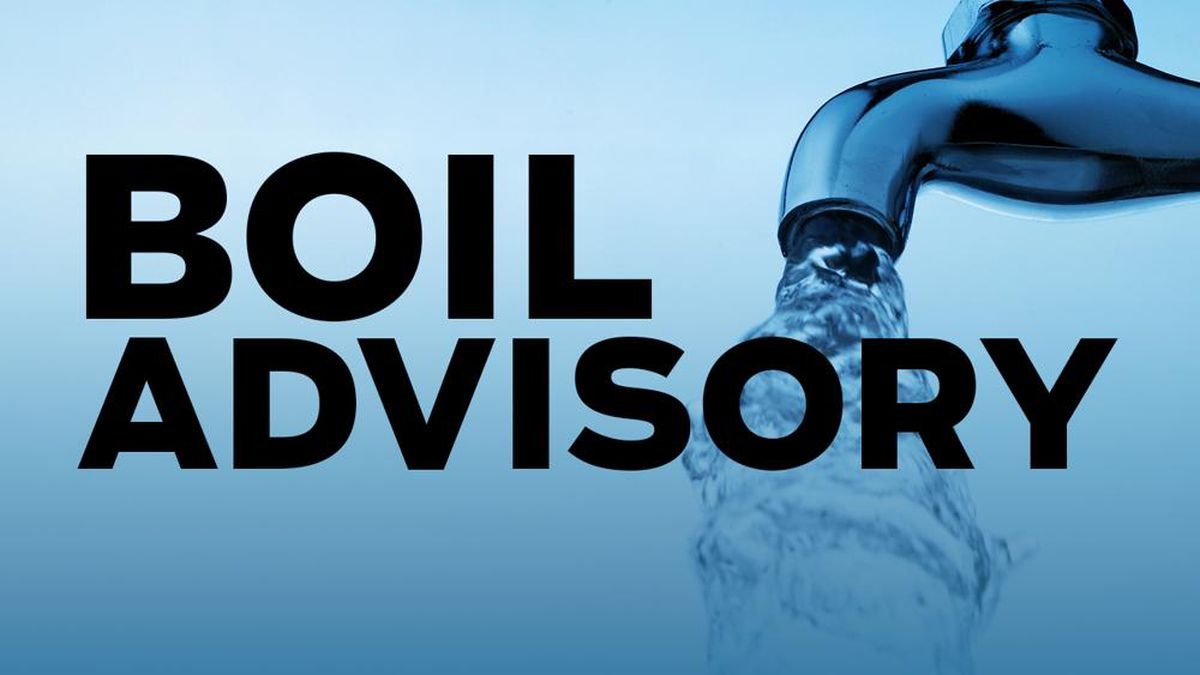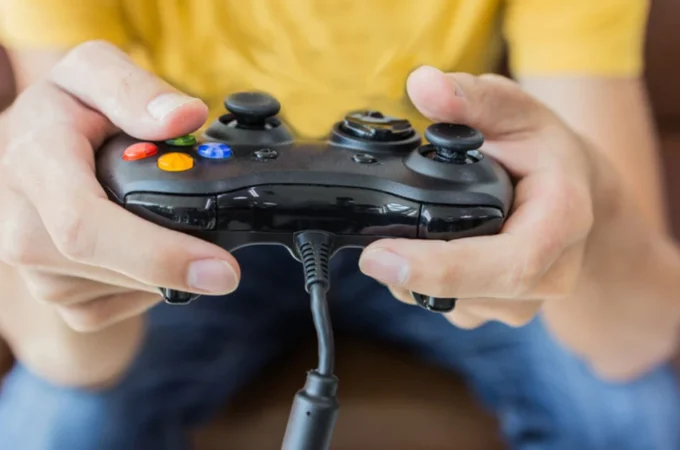
Understanding A Boil Advisory And What Steps You Must Take Straight Away
Most of us take water for granted. You turn on the tap and it comes out. It’s not just that we have an advanced network of pipes and pumps to ensure every home has the water it needs. People also generally assume the water from their faucet is safe to drink.
However, this is not always the case. All water is treated at the treatment center. This is where it is filtered, chemicals are added to kill bacteria, and some are even added to benefit your health. The water then travels hundreds of miles between the water treatment works and your faucet.
During this journey, a small nick in the pipe can result in bacteria and other contaminants entering the water system. This issue can go unnoticed for an extended period and is the reason many households have invested in the best water filters Australia.
Sometimes, the threat is more obvious and water quality either leaves the plant contaminated or is detected. This is usually because a number of people are falling sick.
If the government becomes aware of this they are likely to issue a boil advisory.
The Boil Advisory
In effect, this advisory is telling you that the water quality is sub-par. It’s not reached the quality level it’s supposed to before entering your home. A boil advisory means there is bacteria in the water which could make you ill.
The advisory doesn’t usually specify the illness or the potential effects on your body.
What To Do With A Boil Advisory
If you’ve been made aware of a boil advisory then you’re going to need to boil all your water before using it. This is true for all drinking water, washing water, and even cooking water. The bacteria in the water may be able to get into your body through cuts and grazes, making it a significant health risk.
To prevent you and your family from becoming ill, there are several steps you need to take.

-
Boil Everything
Regardless of what you are using the water for, if you’re getting it out of your faucet, boil it. Boiling water when a boil advisory is in place means placing it in a pan and bringing it to the boil. The water needs to stay at boiling for at least one minute. If you’re going to drink it then you’ll need to let it cool before you do so. Do not be tempted t cool it by adding cold water from the faucet!
-
Don’t Rely On Your Filter
There’s a good chance your existing water filter will remove the bug and give you safe drinking water. However, unless you know what type of virus it is and that your water filter is effective against it, you should still boil the water first
-
Disposable Items
Polluted water can cause issues if you wash your dishes in it. After all, you’ll put fresh food on them and potentially consume the bacteria in this way. When a boil advisory is in place it’s best to use disposable plates and cutlery.




